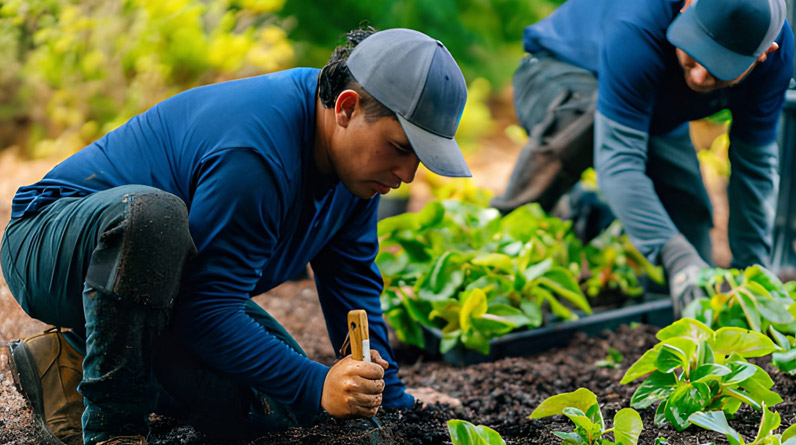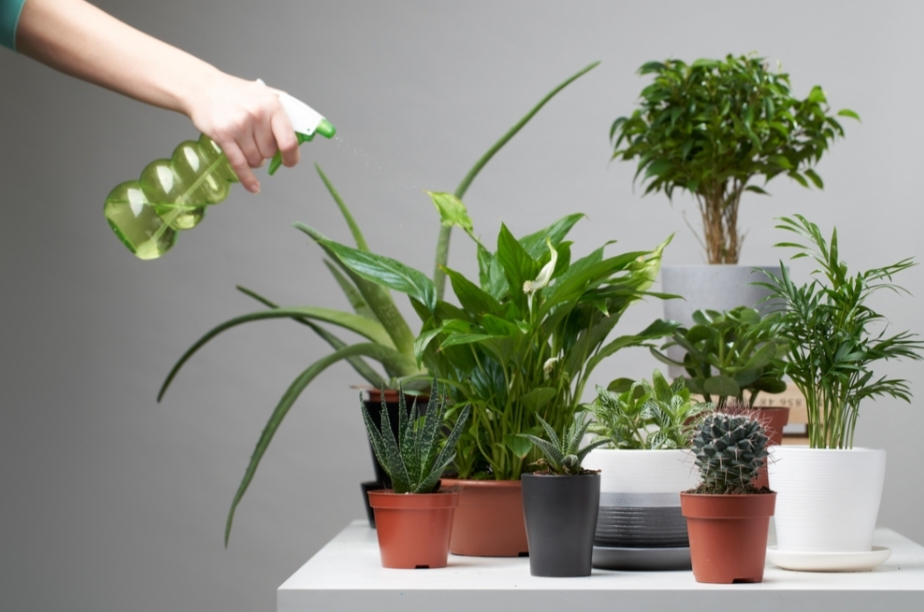Saving seeds is a rewarding practice rooted in early agriculture, transforming gardeners into biodiversity stewards. It allows them to develop plants adapted to their specific growing conditions. Heirloom gardening, particularly, focuses on open-pollinated varieties, offering superior flavor and diversity over commercial hybrids.
The Hidden Benefits of Saving Your Own Seeds
Environmental Impact
Commercial seed production requires significant resources including transportation, packaging, and industrial-scale farming. When you save seeds locally, you eliminate these environmental costs while supporting biodiversity. Heirloom varieties often possess traits that modern hybrids have bred out—disease resistance, drought tolerance, and adaptability to local conditions.
Financial Savings
A single packet of heirloom tomato seeds can cost $3-5, but one healthy plant can produce hundreds of seeds. After your initial investment, you’ll have free seeds for years to come. Many gardeners find they produce enough seeds to share with neighbors or even sell at local markets.
Genetic Adaptation
Plants grown from saved seeds gradually adapt to your specific microclimate, soil conditions, and local pests. Over several generations, you’ll notice improved performance as your plants become uniquely suited to your garden.
Flavor and Quality
Heirloom varieties were selected for taste, not shelf life or shipping durability. Cherokee Purple tomatoes, Brandywine melons, and Glass Gem corn offer flavors you simply can’t buy in stores.
What Makes Heirloom Varieties Special
Heirloom plants are open-pollinated varieties that have been grown and selected by gardeners for at least 50 years, though many date back centuries. Unlike hybrids, heirlooms produce seeds that grow true to type, meaning the offspring will closely resemble the parent plant.
These varieties often carry fascinating histories. Cherokee Purple tomatoes were cultivated by Cherokee Indians in Tennessee. Dragon Tongue beans originated in Holland during the 1600s. Mortgage Lifter tomatoes got their name because the developer paid off his mortgage selling the plants for $1 each during the Great Depression.
Heirloom varieties typically offer:
- More complex flavors and unique characteristics
- Better adaptation to organic growing methods
- Genetic diversity that supports ecosystem health
- Cultural and historical significance
- The ability to save viable seeds year after year
Essential Seed Saving Techniques
Isolation Methods
To maintain genetic purity, you need to prevent cross-pollination between different varieties. Distance isolation works for most crops—keep different tomato varieties at least 10 feet apart, and separate squash varieties by 500 feet or more. For smaller spaces, try time isolation by staggering planting dates so varieties flower at different times.
Proper Harvesting
Timing matters enormously in seed saving. For dry seeds like beans and peas, wait until pods are completely dry on the plant. For wet seeds from fruits like tomatoes and cucumbers, harvest when fruits are fully ripe and slightly overripe. Seeds from peppers should come from fully colored, mature fruits.
Drying and Processing
Most seeds need thorough drying before storage. Spread them on screens or paper plates in a warm, dry location with good air circulation. Avoid direct sunlight, which can damage seed viability. Properly dried seeds should snap rather than bend when tested.
Storage Solutions
Store dried seeds in airtight containers with silica gel packets or dried rice to control moisture. Label everything with variety name and harvest date. Most vegetable seeds remain viable for 2-5 years when stored properly in cool, dark, dry conditions.
Perfect Plants for Beginning Seed Savers
Beans and Peas
These self-pollinating crops are nearly foolproof for beginners. Simply let pods dry completely on the plant, then harvest and shell the seeds. Try Cherokee Trail of Tears beans or Sugar Snap peas for reliable results.
Tomatoes
Despite being slightly more complex, tomatoes offer excellent returns for seed savers. Ferment seeds in their own gel for 3-5 days, then rinse and dry thoroughly. Start with determinate varieties like Stupice or San Marzano.
Lettuce
Allow a few plants to bolt and flower. Harvest seeds when the fluffy seedheads appear dry and papery. Black Seeded Simpson and Red Sails are excellent heirloom choices.
Herbs
Basil, cilantro, and dill readily self-seed and are simple to collect. Let flower heads dry completely before harvesting. These crops often provide more seeds than you can use.
Common Mistakes That Sabotage Seed Saving
Harvesting Too Early
Seeds need time to fully mature on the plant. Immature seeds may not germinate or will produce weak plants. When in doubt, wait longer rather than harvesting prematurely.
Inadequate Drying
Moisture is the enemy of seed storage. Seeds that aren’t thoroughly dried will mold or lose viability quickly. Take time to ensure complete drying before storage.
Poor Labeling
Nothing is more frustrating than mystery seeds. Label everything immediately with variety name, harvest date, and any relevant notes. Use waterproof markers and store labels with seeds.
Cross-Pollination Issues
Many gardeners underestimate how easily plants cross-pollinate. Research the specific isolation requirements for each crop you want to save. When space is limited, focus on self-pollinating crops or use physical barriers like row covers.
Resources for Expanding Your Knowledge
Seed Savers Exchange serves as the premier organization for home seed savers, offering extensive variety databases and educational resources. Their annual catalog features hundreds of heirloom varieties with detailed growing and seed-saving information.
Local gardening groups and master gardener programs often host seed swaps and workshops. These events provide hands-on learning opportunities and connections with experienced seed savers in your area.
Many universities offer extension publications on seed saving techniques specific to your region. These resources address local climate considerations and recommend varieties that perform well in your area.
Online forums and social media groups create communities where seed savers share techniques, troubleshoot problems, and trade varieties. Search for groups focused on heirloom gardening or seed saving.
Plant stores like those in Salt Lake City often carry heirloom varieties and can recommend locally adapted options for your seed saving efforts.
Conclusion
Seed saving protects agricultural heritage, promotes biodiversity, and strengthens community resilience. Start with one or two easy crops, keep records, and improve techniques. Joining local seed swaps helps share benefits and preserve varieties, ensuring future generations can access genetic treasures.



